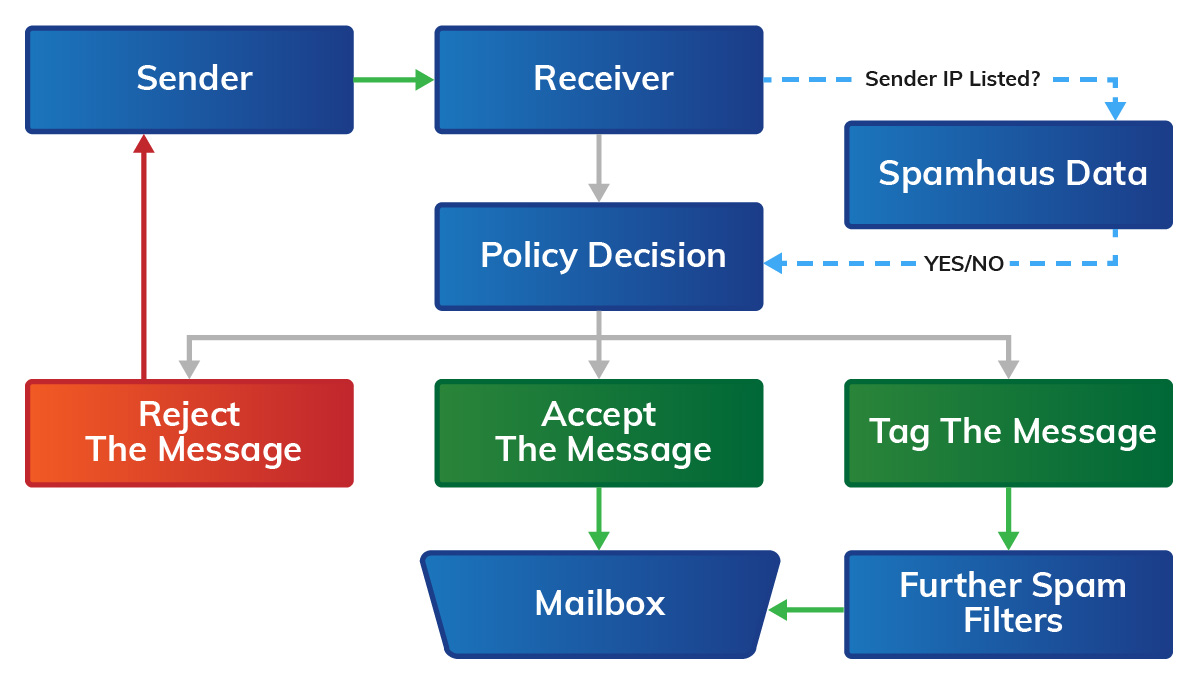12 Feb 8 Tips to Keep Your Marketing Emails out of the Spam Folder
8 Tips to Keep Your Marketing Emails out of the Spam Folder
Everyone hates spam, and we all depend on spam filters to keep our inboxes free messages that offer “cheap viagra” or the next “million-dollar opportunity.”
Techies at Google and other email providers work hard to keep our inboxes clean, but the flip-side of all that counter-spam technology is that legitimate marketing emails—those you send to your prospects and customers offering promotions, product updates, and industry insights—can wind up in your customers’ spam folders.
How does this happen? Spam filters look for certain red flags, and when they spot too many of them in one email, the message gets whisked off to that folder where spam goes to die.
Here are a few helpful tips to keep your marketing emails going straight to the inbox…

1. Avoid Trigger Words
Spam filters are like your uptight relatives at Thanksgiving dinner—you’ve got to watch what you say because certain words and phrases upset them.
Even if you mean no harm, the following words could get you flagged according to this article in Inc. Magazine and this blog post, so think twice before using them (especially in the subject line).
Trigger Words: Cash, Cheap, Commodity, Credit, Deal, Debt, Free, guaranteed, income, Ink, Investment, loans, lowest, Money, Obligation, Offer, Opportunity, Outstanding, Payoff, Price, Profit, Promo, Promotion, Rate, Refund, Rich, satisfied, Sales, Save, Shop, Stock, Terms, Trading, Wealth, Win, Winner, Winning, won.
2. Tone Down Wild Fonts, Wild Colored Texts, Exclamation Marks, and Capital Letters
Easy enough, right?
3. Don’t Be Annoying
This is where the human element enters the spam-filter game. If you send too many emails (try not to send more than four per week) or you send obnoxious, overly salesy content, people are more likely to click the “spam” button when they see your message. The more people do that, the more evidence the Email Service Providers (ESP’s) have that you’re up to no good. Get too many people reporting your messages as spam, and your email (and the domain associated with it) will get blacklisted.
4. Never Use Purchased Lists
Unscrupulous people sell lists of email addresses, and if you buy one of them, you’ll end up paying and even bigger price.
Not only does using these lists go against the terms and conditions of most ESP’s, but these lists usually contain tons of bad email address along with a few dummy addresses that help Internet Service Providers (ISP’s) recognize you as a spammer.
In the end, the only way to grow a list is to do it organically. Use lead magnets to offer something of value, provide content that people want to read, and give your recipients a way to opt out of your marketing emails.
5. Clean up Bad Addresses
When you get bounce backs from bad email addresses, remove them from your list. If you keep sending messages to an email that the ISP doesn’t recognize, you’re more likely to get flagged as a spammer.
And again, always respect someone’s desire to opt-out of your marketing messages.
6. Use a Reliable Email Service Provider (ESP)
Reliable ESP’s, such as Mailchimp or Net Atlantic, police their own senders and remove spammers whose emails get too many complaints. That’s great for an honest email marketer who is doing things right. It means that an incoming server knows you’re more likely to deliver reliable, non-spammy content, and your odds of getting through to your customers are higher.
7. Consider Getting a third-party certificate
Services like Return Path can assess your email policies and practices to certify you as a trusted sender. That verifies you as a non-spammer, allowing you to bypass most spam filters. It’s not a free service, but it may be worth it for companies that rely heavily on email marketing.
8. Check to See if You’re Blacklisted
Spamhaus, one of the world’s largest blacklist operators, provided this graphic to explain how blacklists help identify spam.
So… how do you find out whether you’re on one of these lists?
Visit MXtoolbox and enter your domain name (i.e., your website address) and your IP address and see what comes up.

What if you’re on a spam list?
First off, don’t panic. Good companies frequently end up on blacklists. It’s a pain, but there are ways to clean it up—and doing so will reduce your odds of ending up in someone’s spam folder.
So… if you find yourself on a blacklist, locate the blacklist operator, visit their website, and follow their process for proving you’re not a spammer and getting yourself removed (assuming you’re actually on their list—it could be a mistake).
If you are on the list, commit to following their guidelines, remove bad email address in your mailing list, and follow practices that keep you out of the spam folder.

